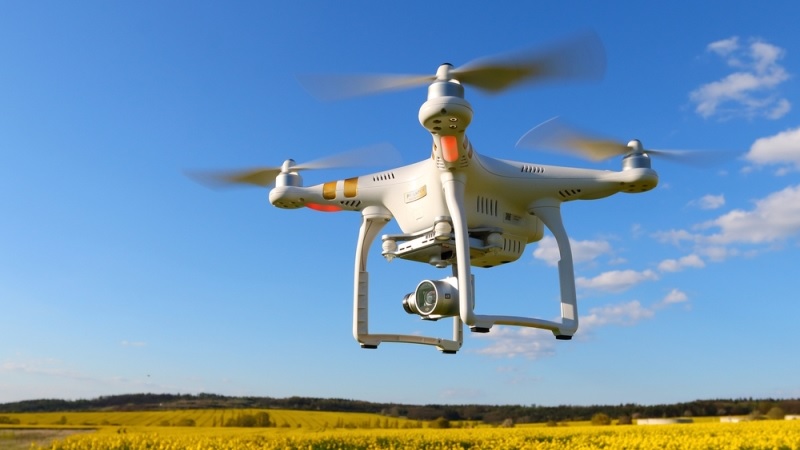
The Pentagon unveiled a new round of systems to be deployed under its Replicator initiative on Wednesday, including two new drone types, as part of its push to rapidly equip the United States military with thousands of drones.
The second tranche, coined Replicator 1.2, includes Anduril Industries Ghost-X modular drones and Performance Drone Works C-100 UAS (unmanned aerial systems) which were selected via the Replicator initiative for the Army’s Company-Level Small UAS effort.
Replicator – conceptualized by Deputy Secretary of Defense Kathleen Hicks last year – aims to counter China’s increasing military capabilities by quickly manufacturing and deploying large numbers of drones by August 2025.
The first tranche of systems was announced earlier this year.
Over 500 commercial firms have been considered for Replicator hardware and software contracting across both tranches, according to the Department of Defense (DoD).
“We are creating opportunities for a broad range of traditional and nontraditional defense and technology companies, including system vendors, component manufacturers, and software developers, to deliver critical capabilities that our warfighters need, and we are building the capability to do that again and again,” said Hicks in a statement.
The Pentagon’s latest tranche includes software enablers for Replicator systems to link up and integrate autonomously, communicate in all environments – including through jamming – and minimize operator requirements.
“The end goal here is that we want to be able to feel this map of systems …you could have an aerial system identify a target and communicate that to a maritime system that is better placed to [get] that target,” said Aditi Kumar, deputy director for Strategy, Policy, and National Security Partnerships of the Defense Innovation Unit (DIU), while speaking at a Defense One State of Defense Business event on Nov. 13.
The DoD said that most enablers are acquired through the DIU’s Commercial Solutions Openings program, confirming that “announcement of these awards is forthcoming.”
Additional systems in this second tranche remain classified, but the DoD highlighted features such as cost-effective, long-range strike capabilities and uncrewed maritime systems.
Replicator selected a U.S. Air Force Enterprise Test Vehicle (ETV) for inclusion in its second tranche which is being run by the Air Force’s Armament Directorate in collaborate with DIU. The ETV aims to design and field various drones and will work with Anduril Industries in addition to Integrated Solutions for Systems Inc., Leidos Dynetics, and Zone 5 Technologies.
The Pentagon said it is also “scaling loitering munitions through fielding and expanded experimentation of the Anduril Industries Altius-600 as part of the U.S. Marine Corps Organic Precision Fires program.” The system will complement the first tranche’s Switchblade-600 loitering munition, made by AeroVironment Inc.
Kumar noted that the challenges with the latest Replicator tranche differ from the first, emphasizing procedural inefficiencies like limited test ranges. To address this, DIU is partnering with the Test Resource Management Center (TMC), while also navigating potential policy and interagency hurdles.
“We’re partnering closely with Ukraine to leverage real time battlefield conditions,” said Kumar. “I think that is a ripe proving ground – an unfortunate one – but a ripe proving ground for us to pass capabilities and get feedback into the system.”
The Pentagon is also rethinking software acquisition and data integration to stay ahead of rapidly evolving threats through Replicator, Kumar said. Key efforts have included budgeting for regular software upgrades, adopting open and government-owned architectures, ensuring seamless integration across hardware systems, and consolidating and utilizing vast data repositories to enhance artificial intelligence models.
“The Replicator initiative is demonstrably reducing barriers to innovation, and delivering capabilities to warfighters at a rapid pace,” said Hicks
The second Replicator tranche comes just days after the Pentagon published an interim rule which prohibits Federal agencies from buying and using certain foreign-made drone aircraft – including those from China, which dominates the drone market in the U.S.
